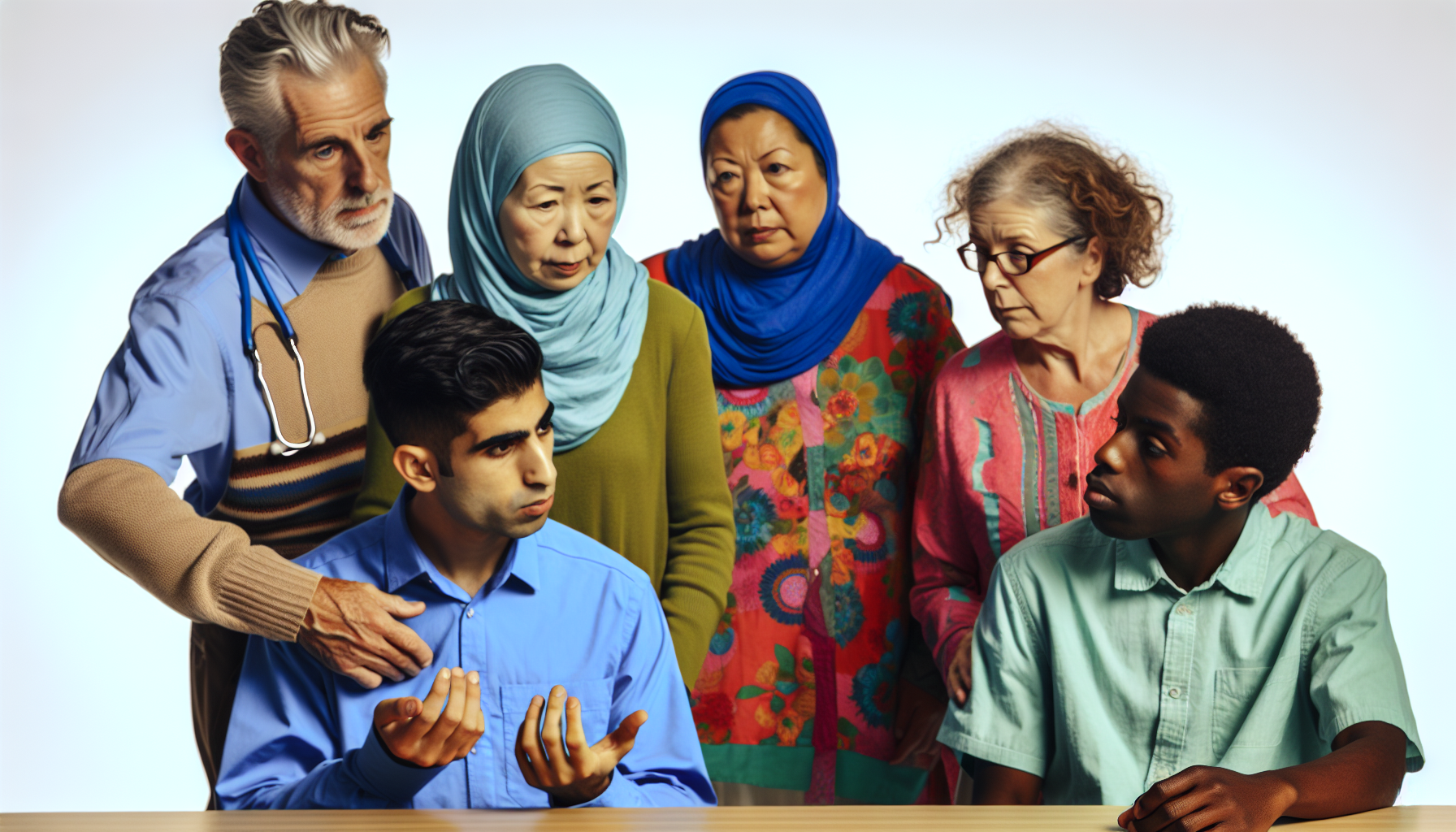Chronic pain in children is a pervasive and often overlooked issue that affects a significant portion of our youth. Recent research has revealed a startling statistic: approximately one in five children experiences chronic pain at some point during their childhood. This translates to about five kids in every classroom struggling with persistent discomfort, a reality that demands our immediate attention and action.
The Prevalence of Chronic Pain in Children
Recent studies have uncovered that 20.8% of children suffer from chronic pain, a figure that is both alarming and eye-opening. This means that in a typical classroom of 25 students, five children are likely grappling with ongoing pain issues. The implications of this prevalence are far-reaching, affecting not only the children themselves but also their families, schools, and the broader community.
Chronic pain in children can manifest in various forms, including:
– Headaches and migraines
– Abdominal pain
– Musculoskeletal pain
– Neuropathic pain
These conditions can persist for months or even years, significantly impacting a child’s quality of life and development.
The Impact of Chronic Pain on Children’s Lives
The effects of chronic pain extend far beyond physical discomfort. Children experiencing persistent pain often face a multitude of challenges that can hinder their growth and development in several key areas:
Social Withdrawal
Chronic pain can lead to social isolation as children may find it difficult to participate in activities with their peers. This withdrawal can result in:
– Reduced social skills development
– Feelings of loneliness and alienation
– Difficulty forming and maintaining friendships
Educational Setbacks
Missed school days due to chronic pain can significantly impact a child’s education. The consequences may include:
– Falling behind in coursework
– Decreased academic performance
– Reduced engagement in school activities
Mental Health Risks
The persistent nature of chronic pain can take a toll on a child’s mental well-being, increasing the risk of:
– Anxiety disorders
– Depression
– Low self-esteem
– Sleep disturbances
These mental health challenges can further exacerbate the physical pain, creating a vicious cycle that’s difficult to break without proper intervention.
Delays in Diagnosis and Treatment: A Growing Concern
One of the most pressing issues surrounding chronic pain in children is the frequent delay in diagnosis and treatment. Several factors contribute to this problem:
Lack of Awareness
Many parents, educators, and even healthcare providers may not recognize the signs of chronic pain in children, leading to delayed interventions. This lack of awareness can result in:
– Dismissal of a child’s pain complaints
– Attributing symptoms to “growing pains” or seeking attention
– Failure to refer to appropriate specialists
Limited Pediatric Pain Clinics
The scarcity of specialized pediatric pain clinics exacerbates the problem of delayed treatment. This shortage leads to:
– Long wait times for appointments
– Difficulty accessing specialized care
– Increased travel burdens for families seeking treatment
Inadequate Training for Healthcare Providers
Many healthcare professionals lack specific training in pediatric pain management, which can result in:
– Misdiagnosis or underdiagnosis of chronic pain conditions
– Inappropriate or insufficient treatment plans
– Frustration for both patients and their families
The Urgent Need for Improved Care
Addressing the issue of chronic pain in children requires a multifaceted approach and a commitment to improving care across various fronts:
Enhanced Research and Understanding
There is a critical need for:
– More comprehensive studies on pediatric chronic pain
– Development of age-appropriate pain assessment tools
– Investigation into the long-term effects of chronic pain on child development
Improved Healthcare System Responses
Enhancing the healthcare system’s ability to handle chronic pain in children involves:
– Increasing the number of pediatric pain specialists
– Implementing interdisciplinary pain management programs
– Reducing wait times for specialized care
Education and Awareness Campaigns
Raising awareness about chronic pain in children is crucial and should include:
– Training programs for healthcare providers
– Educational initiatives for parents and educators
– Public awareness campaigns to reduce stigma and promote understanding
Holistic Treatment Approaches
Developing comprehensive treatment plans that address all aspects of a child’s well-being, including:
– Physical therapy and rehabilitation
– Psychological support and counseling
– Alternative pain management techniques (e.g., mindfulness, acupuncture)
Frequently Asked Questions
Q: What are the most common types of chronic pain in children?
A: The most common types include headaches, abdominal pain, musculoskeletal pain, and neuropathic pain.
Q: How can parents recognize chronic pain in their children?
A: Look for persistent complaints of pain, changes in behavior or mood, disrupted sleep patterns, and reduced participation in activities they once enjoyed.
Q: Are there any long-term consequences of untreated chronic pain in children?
A: Yes, untreated chronic pain can lead to developmental delays, increased risk of mental health issues, and potentially chronic pain conditions in adulthood.
Q: What can schools do to support children with chronic pain?
A: Schools can implement individualized education plans, provide accommodations for pain management, and educate staff on recognizing and supporting students with chronic pain.
Q: Are there any non-pharmacological treatments for chronic pain in children?
A: Yes, options include cognitive-behavioral therapy, physical therapy, relaxation techniques, and biofeedback.
The issue of chronic pain in children is a complex and urgent matter that requires immediate attention from healthcare providers, researchers, educators, and policymakers. By acknowledging the prevalence of this problem and working together to implement comprehensive care strategies, we can hope to alleviate the suffering of countless young individuals and ensure they have the opportunity to thrive despite their pain. It is our collective responsibility to address this hidden epidemic and provide the support and care these children desperately need.
